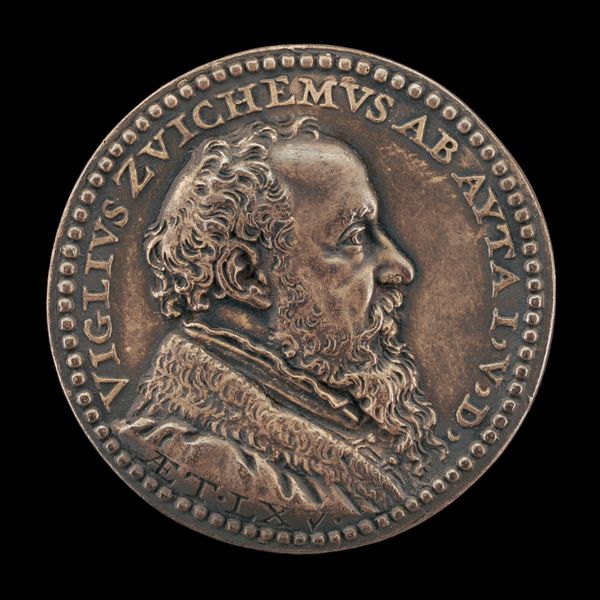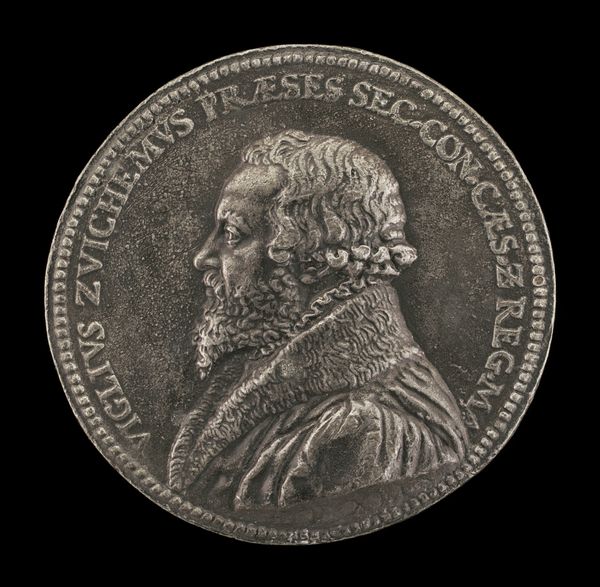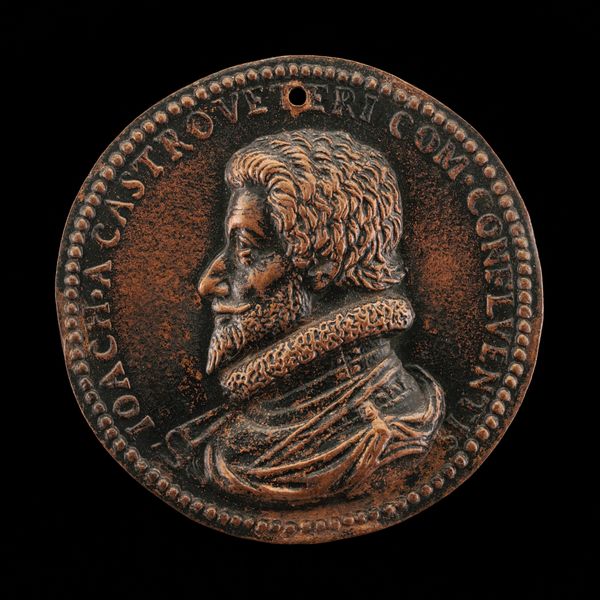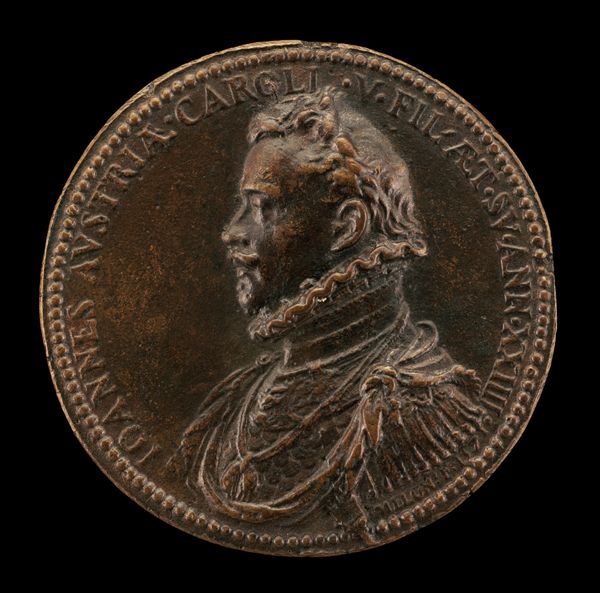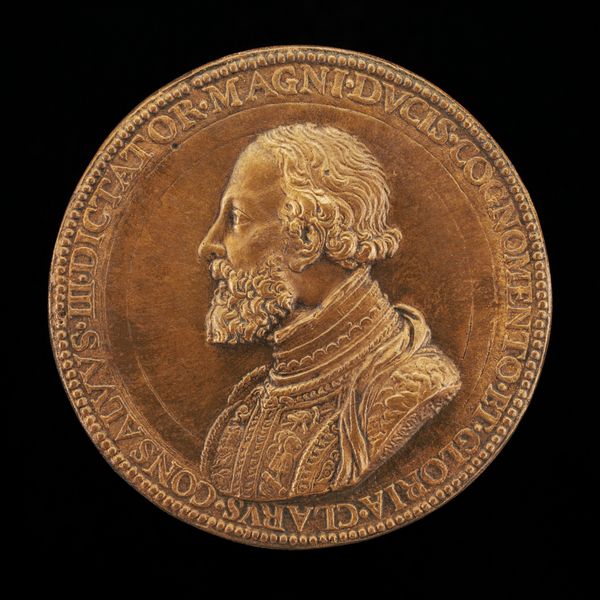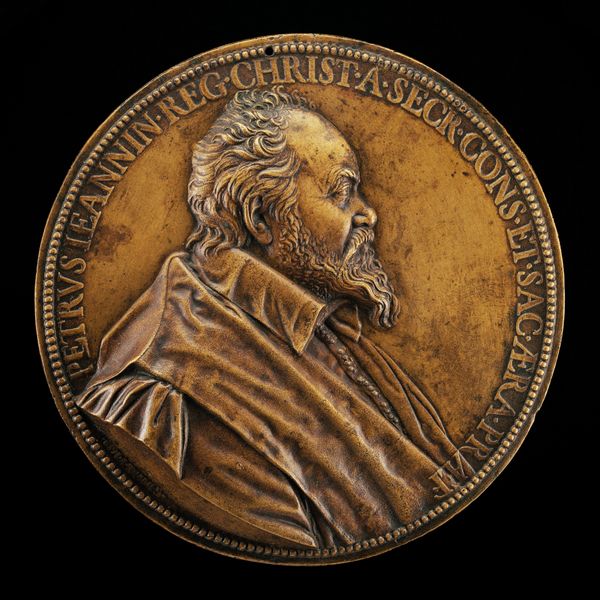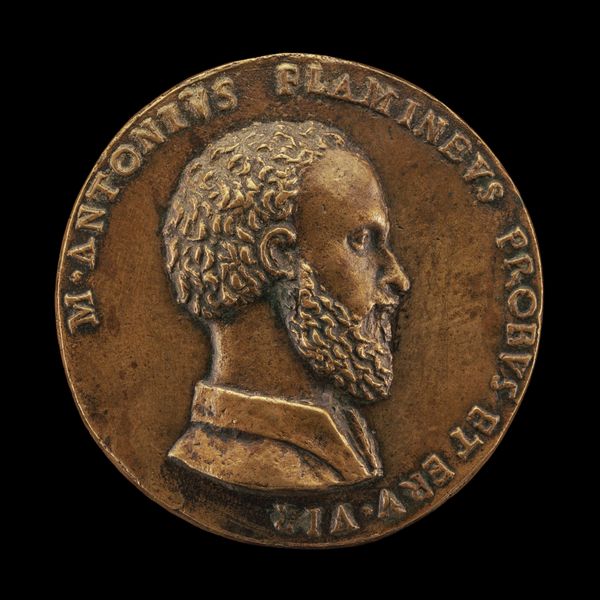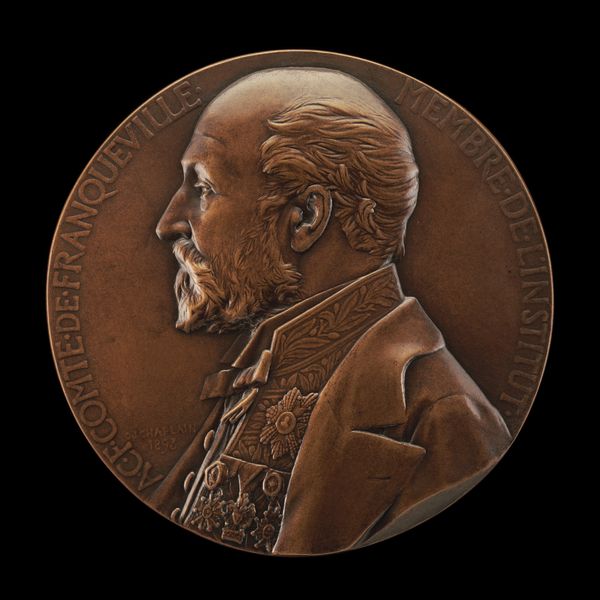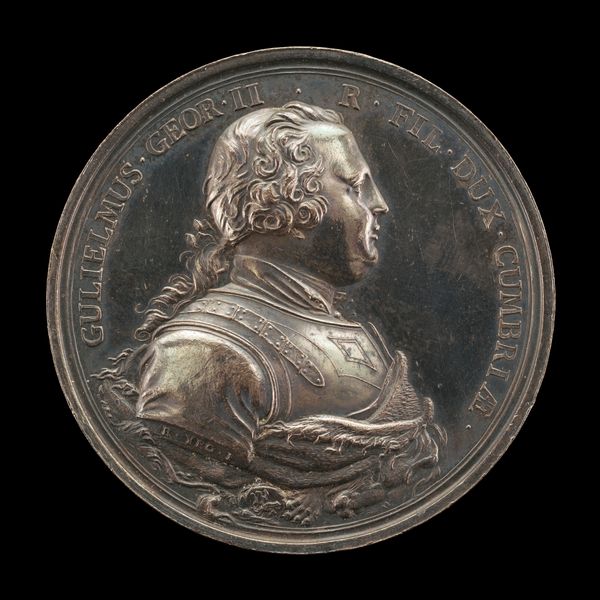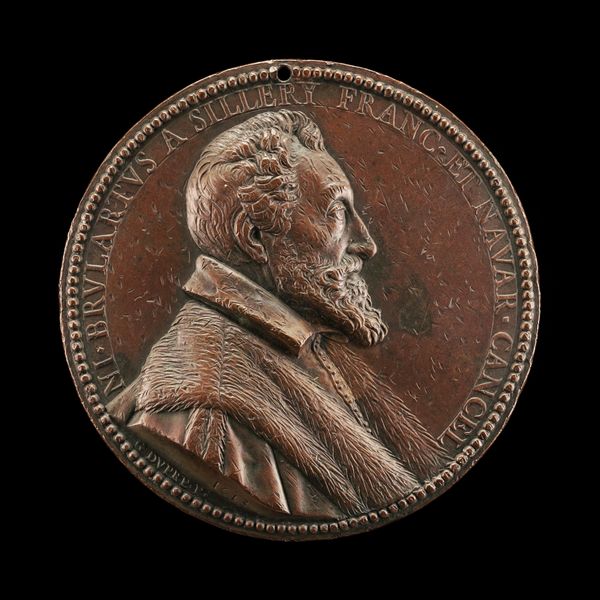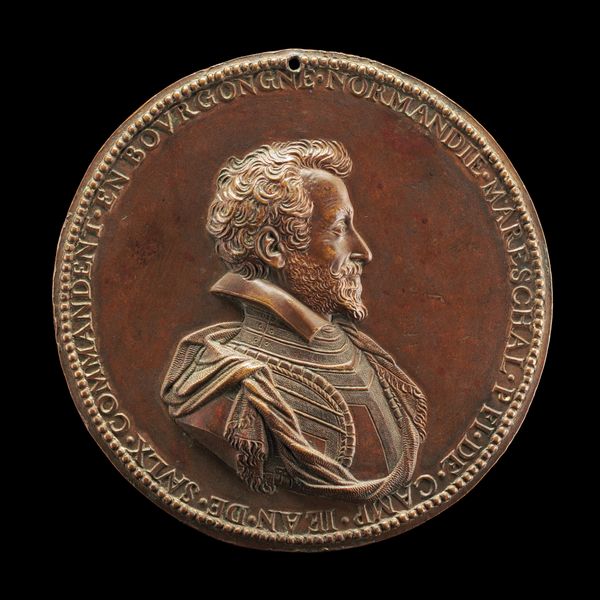![Jean-Louis de Nogaret de la Valette, 1554-1642, Duke of Epernon, Colonel General of Infantry [obverse] by Guillaume Dupré](/_next/image?url=https%3A%2F%2Fd2w8kbdekdi1gv.cloudfront.net%2FeyJidWNrZXQiOiAiYXJ0ZXJhLWltYWdlcy1idWNrZXQiLCAia2V5IjogImFydHdvcmtzLzA4MDQ1NWUxLTkzNmItNDgwYS1hNGYwLTJjZDY0YWM5Y2M0NS8wODA0NTVlMS05MzZiLTQ4MGEtYTRmMC0yY2Q2NGFjOWNjNDVfZnVsbC5qcGciLCAiZWRpdHMiOiB7InJlc2l6ZSI6IHsid2lkdGgiOiAxOTIwLCAiaGVpZ2h0IjogMTkyMCwgImZpdCI6ICJpbnNpZGUifX19&w=3840&q=75)
Jean-Louis de Nogaret de la Valette, 1554-1642, Duke of Epernon, Colonel General of Infantry [obverse] 1607
0:00
0:00
metal, bronze, sculpture
#
portrait
#
medal
#
metal
#
sculpture
#
bronze
#
11_renaissance
#
sculpture
Dimensions: overall (diameter): 5.6 cm (2 3/16 in.) gross weight: 47 gr (0.104 lb.) axis: 12:00
Copyright: National Gallery of Art: CC0 1.0
Curator: This bronze medal, created in 1607 by Guillaume Dupré, depicts Jean-Louis de Nogaret de la Valette, the Duke of Epernon. It presents a fascinating look at a prominent figure of the French Renaissance. Editor: The craftsmanship is extraordinary, the patina glows, yet the weight of nobility seems to almost flatten the Duke, pressed as he is into the round of this bronze surface. What kind of impact did such portraiture aim to achieve? Curator: Portrait medals like this served multiple purposes. Beyond commemorating an individual, they broadcast power and status. Consider the Colonel General of Infantry role emblazoned on the inscription surrounding the Duke's image. They offer valuable insights into how individuals like the Duke of Epernon curated their image within the sociopolitical landscape. Editor: It is hard not to see it as carefully calculated propaganda! How aware was Dupré of the historical implications? Or was he simply another craftsman fulfilling a commission? What were his work conditions? Curator: That’s a crucial question! We know Dupré enjoyed the patronage of the French court, placing him in a complex web of power and production. He probably would have followed particular stylistic requirements from the court or the sitter themselves to project the sitter's desired image and values. We need to ask more questions about workshop practices during this era, especially when a royal image is at stake. Editor: Absolutely. Let us consider this work then as evidence of carefully orchestrated social positioning and consumption—not simply as art. The medal testifies to the Duke's ambition but also demonstrates a shift toward manufacturing fame through artistic means. Curator: Right. Medals like these also circulated as gifts and diplomatic tools, shaping political relationships. Each cast carried with it an understanding of power and influence. Editor: And so, through the textures of the bronze, and the careful inscription around it, we gain glimpses of history's construction through deliberate actions—art playing its role in society. Curator: Indeed, making this piece more than just a static image, it becomes a miniature theater of political action.
Comments
No comments
Be the first to comment and join the conversation on the ultimate creative platform.
